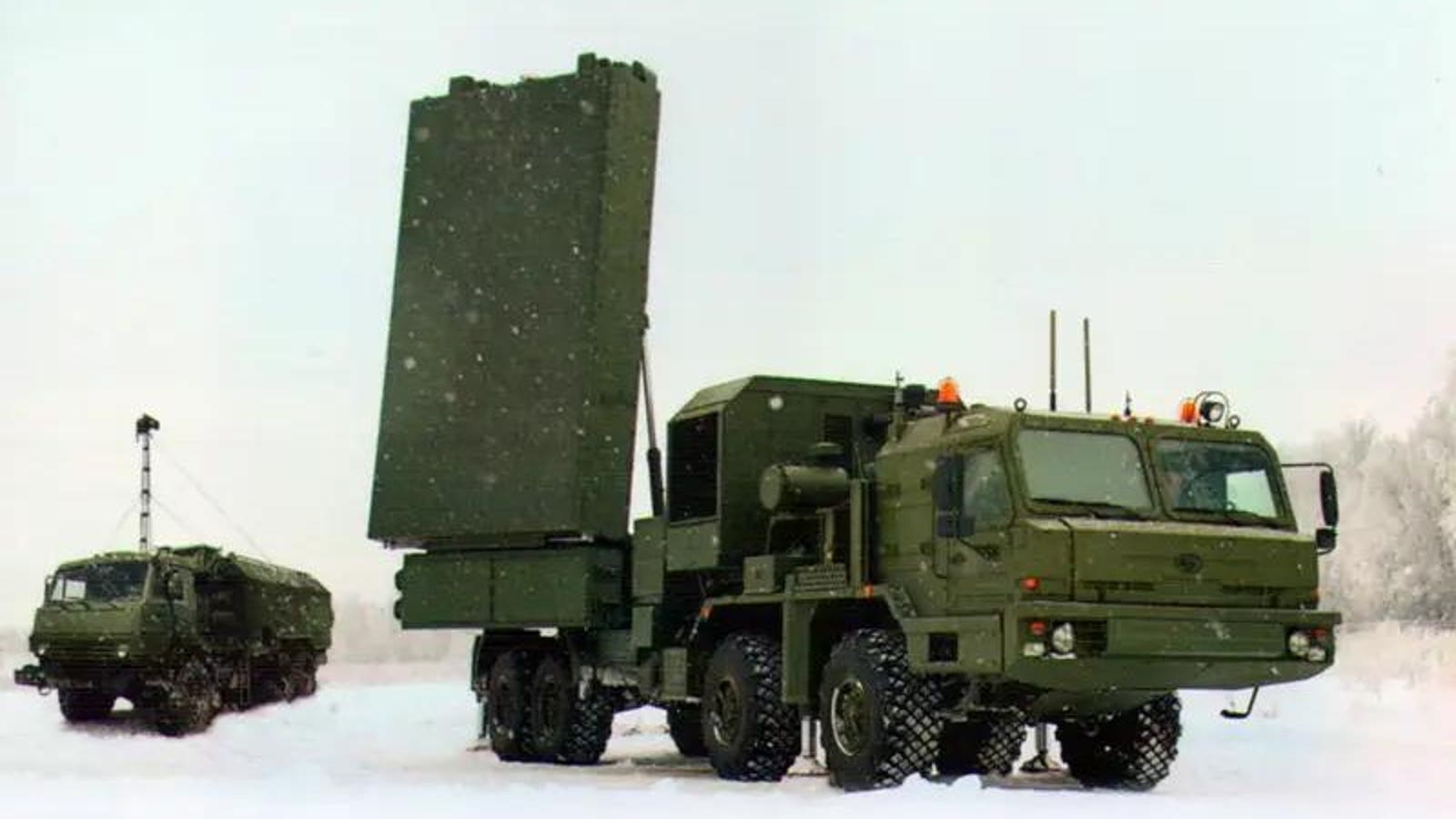Ukraine plinking a Russian GPS-jammer with a GPS-guided bomb. Ukrainian drones blowing up Russian drone-jammers. Ukraine’s cruise missiles striking Russian air-defense sites whose missions include, you guessed it, shooting down cruise missiles.
Russia’s 23-month wider war on Ukraine has seen a lot of ironic, darkly-hilarious clashes. The latest was also one of the quickest between setup and punchline.
On Tuesday morning, Russian media announced the deployment, to Ukraine, of Russian forces’ latest high-tech counterbattery radar. A few hours later in southern Ukraine, the Ukrainians blew it up … with artillery rockets.
The irony deepens. In theory, a Russian Yastreb-AV radar would help to protect Russian troops from Ukraine’s American-made High-Mobility Artillery Rocket Systems launchers—its HIMARS. Now guess what the Ukrainians used to destroy that first Yastreb-AV.
That’s right: HIMARS.



This wasn’t a seeker missile, it was GPS guided. If the Russian machine had been fully set up then they probably would have blocked it, however Ukraine got to it before they were ready.
That makes it even worse. Why didn’t they set up at night and throw up some camo netting? There are ways to lessen the chances your radar is blown up is all I’m saying. The ruzzians are morons exhibit #4,832.
Edit:
This was tucked away at the bottom of the article:
So they probably did radiate at the wrong time and paid for it.
From the video it seems they were spotted by drones on the way to the deployment site and were under drone surveillance during setup, during which artillery hit.
I have a hard time imagining that the observation drones are that sneaky, so I’d guess it’s another issue of poor battlefield command structure forcing the compromised position
Drones are cheap and thus everywhere in the battlefield. It costs more $$$ to show a drone down then the drone is worth (in general). Modern military is still trying to figure out how to handle all the cheap enemy drones overhead, there is - so far and to my knowledge - no good answer (of course if there was a good answer it would be classified at least until the enemy figures out what you are doing and so I wouldn’t know).
Trained falcons. Not sure how cheap or feasable it would be but they’re being used in certain areas around the world already to take down consumer drones. I know they probably have more hardcore drones in the war but couldn’t hurt to train a falcon to drop some net on a drone or something. Or use other drones to drop nets on drones.
They do have other drones to drop nets on drones but they are more expensive and then we’ll just end up with drones netting the netting drones.
Drones netting the falcons netting the drones netting the drones!
I would suspect most military drones are tiny airplane designs, not the quadcopter design you’re thinking of used by civilians.
Some of the Ukraine ones are for sure quads. I’ve seen some of those kill videos that pop up on here. They’re probably bigger than they look though, hard to tell scale in the sky but I’ve seen the small plane looking ones you’re talking about. They’re cool ngl.
Drones are incredibly sneaky, so long as they’re high up. They’re tiny and basically impossible to detect by radar. Once they get close you can hear them, but keep your distance and they should be stealthy enough - particularly if you’re is in a vehicle with a noisy engine.
This. I have a DJI mini 2, and while that isn’t a combat drone used by anyone’s military, it’s pretty much impossible for me to see it at it’s “maximum” altitude of 122 meters and at that height I can get pretty good real-time video. I’m pretty sure it will exceed that altitude limit if I wanted it to, and there’s no way I could see it or hear it at 200 meters. And it would still get me useful video.
I have to assume that the drones being used by the UA are better than my silly little camera drone.
Drone scouts found it and they called in a fire mission from a HIMARS, since this was considered a HVT. I saw the raw footage of it yesterday - it was pretty neat.